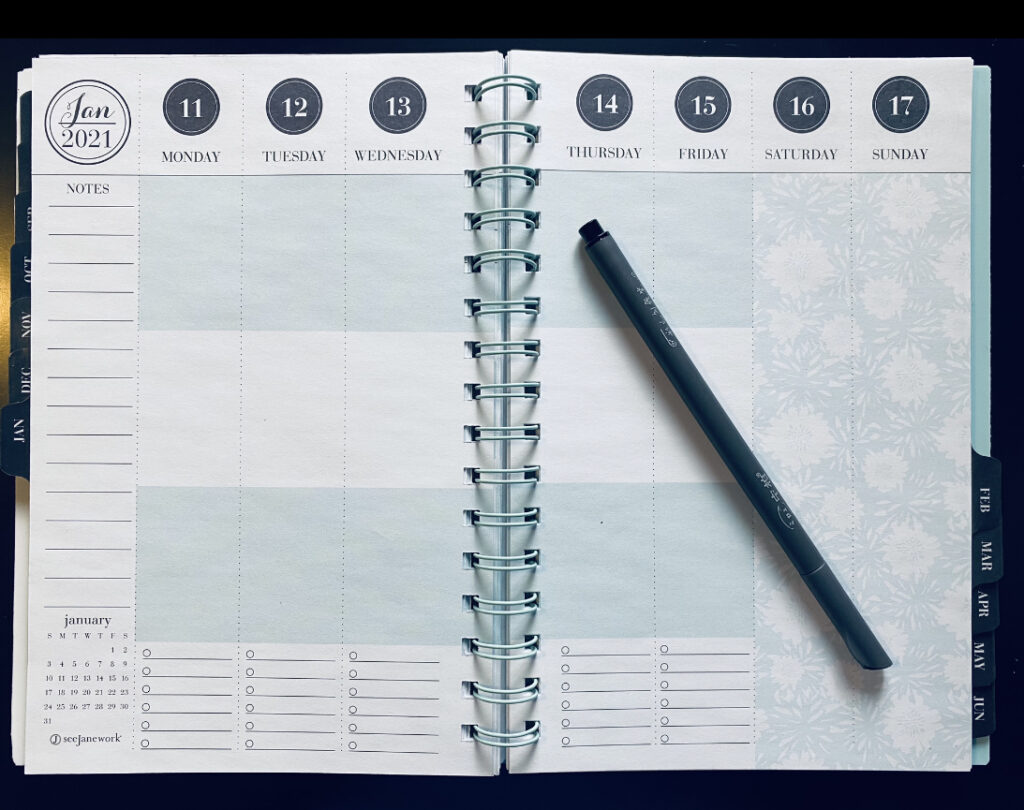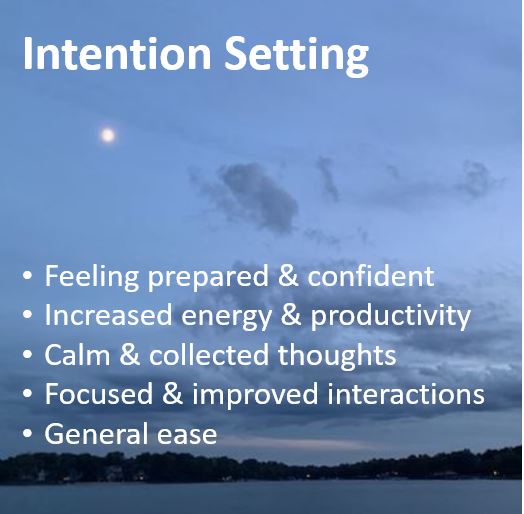Intention Setting

Intention setting provides a deliberate aim going into any day, meeting, phone call and especially workouts!
As we go into a new week: the second full week of 2021, let’s keep the momentum of goal creation and dreaming big going!
Throughout life you may have been told slow-down to speed up with the classic tortoise and hare race. Today we are going to make this concept come even more to life, using “Intention Setting”. Deliberately planning and adjusting our energy to the activities of our days and lives.
Slow and steady
My understanding of this fable is that there are two competitors, one slow and steady, and the other full of zeal and naturally fast.
Each approach the race in their own way:
The tortoise continuously moves ahead, slow and steady. Seemingly not worried about winning, just making progress. Meanwhile his competitor speeds up, takes the lead but stops to sleep; each time he awakens to find the tortoise has passed him.
There are multiple lessons that could be taught using this story – for today’s purposes, we are going to go with the: slow and steady wins the race.
In case you have never heard of the Aesop’s Fables classics – I found a link on Amazon that seemed to be the ‘truest’ version. There were lots of cute, newly illustrated versions too! Please note this is an affiliate link.
Introduction
Intention, defined as: “An aim or plan.” by Oxford (aka Google’s dictionary). How often do you go about your day with a particular target in mind? I have found that the more routine an activity has become, the greater chance my aim is forgotten.
Mundane or Meaningful?
Shower-time
A silly but useful example is something like showering – okay perhaps this is no longer the habit it was pre-pandemic, but it still (hopefully) is a daily…? occurrence. Most likely we are not declaring, “I AIM TO BE CLEAN!” before we jump on in to the shower. More likely we go through the motions half asleep and be singing to ourselves the entire time! Therefore, setting an intent for this type of activity might not be necessary.
Annual Review
On the opposite end of the spectrum let us consider the annual review with your leader at work. In most cases, this type of formal conversation is THE chance to highlight your strengths and improvement areas. Typically in hopes of receiving feedback, recognition and even a promotion. This example shows the importance of being prepared and confident at the very least! Setting a specific intent for this type of an appointment is a game-changer! Going to your annual review with specific intents empowers you to stay focused, confident and prepared!
Example Intentions
1. Build a relationship with my leader
2. Identify two areas of opportunity
3. Learn which of my abilities my leader thinks is my biggest strength
Activities
In between these two extremes, there are the ever changing activities of our day and specific goal- related tasks. As easy as it could be to complete our day to day activities, checking them off the list; being deliberately intentional about getting the most out of each activity leads to a more fulfilling day (and therefore life!). It is my personal experience that setting intentions by appointment or to-do allows me to give my full attention to each activity. It raises my energy level, allowing me to go from one activity or meeting to the next confidently.
Activities with set intentions have greater meaning and thus better outcomes than those that do not.
Example
Let us use our previous example of the Annual Review; below are listed four more intentions that might apply better to your situation:
- Compare notes of self-evaluation and organization’s evaluation.
- Gain alignment on growth opportunities and strengths.
- Highlight the results accomplished and aim for a promotion.
- Ask for a recommendation to start applying for positions outside the company.
With each of these intentions comes the need for individual preparation, potentially differing time requirements and will result in different outcomes.

Intention Setting
Timing:
- Recommended to complete weekly
- Time to complete: Approx. 20 minutes
Tools:
- Weekly Planner
- Appointments
- Must-Dos
- Want-To-Dos
- Vision Board & Yearly Theme/Word
- Focus Areas, Goals & Purpose
Once you have your calendar, appointments, to-do list in front of you and have your inspirational tools nearby or front of mind: Next to each appointment, write the intent you have in mind. The intentions should line up with your overall vision for your week, the goals you are working toward and the other people and personalities specific to the appointment.
For example:
Monday, January 11, 2021
9
10
11
Noon
1
2
3
Appointments & To-Dos
Project Status Update
Train Account Managers
Compile Notes & Send
Lunch & Walk Bianca
Whiteboard Session
Focus Time
Team Meeting
Intentions
Provide meaningful update & #s
Educate and answer questions
Stay organized & communicate
Be healthy and enjoy dog time
Ideate, collaborate & progress
Give attention to priorities
Inform, Listen & Plan
Other considerations:
- Within my personal intention setting, I include any phone calls and specific people I want to text or call (i.e. To Do: Call KS Intent: Show support on recent promotion and setup a time to meet in person).
- Practice so that intention setting becomes natural and something start to look forward to completing.
- As you implement setting deliberate intentions, notice the benefits. At a high level I’ve noticed an increase in my own preparedness, a much better use of time and a greater focus during the day.
- Many of my colleagues have benefited from this exercise, due to its forward looking, planned approach – often meetings become emails, or at the very least shortened with more time for relationship building.
- The first time you complete this, I would recommend just doing it for one day instead of the entire week. See how it works for you and get a feel for it and then complete the remainder of the week.
Expected results
- Feeling prepared and thus more confident
- Increased energy and more productivity
- Calm & collected thoughts
- Focused & improved interactions
- General ease when going from one meeting to the next
I would love to hear your experiences with this concept, especially if you are trying it for the first time!
Please comment below.

